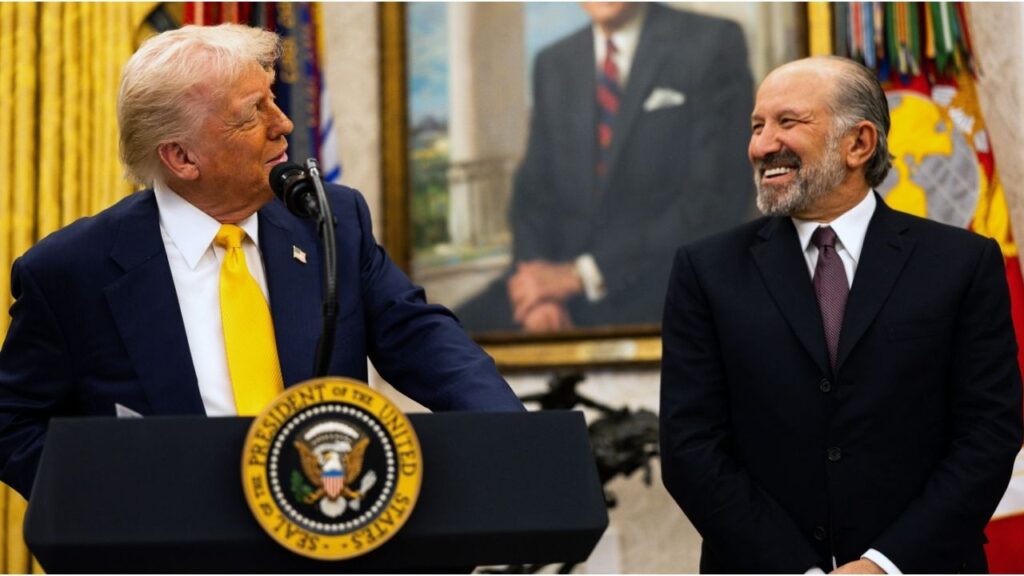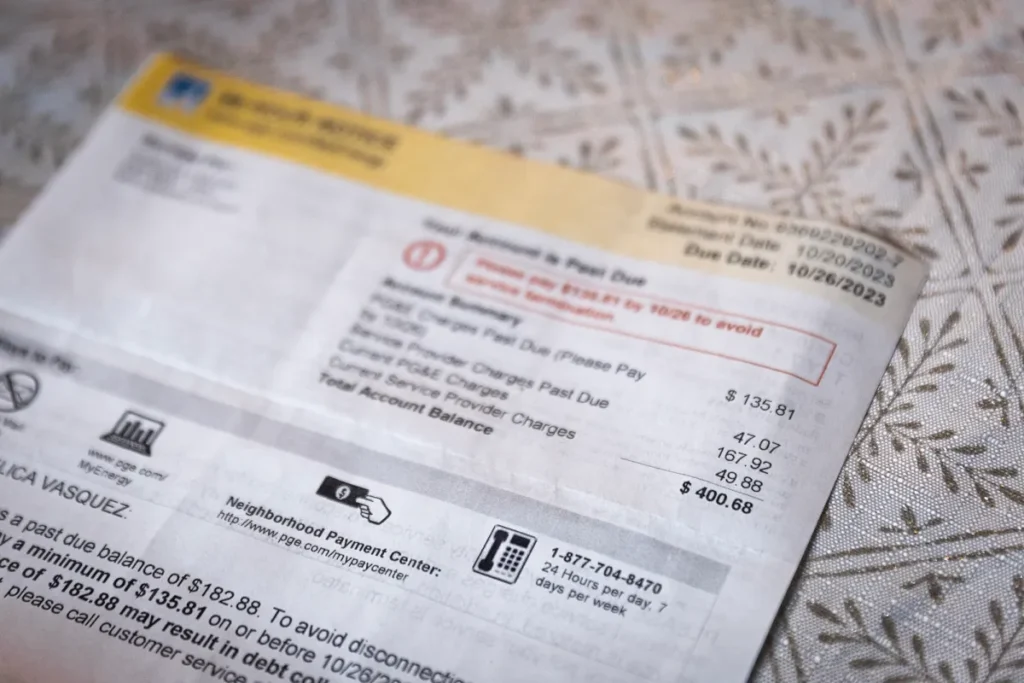Share
WASHINGTON — The average rate on a 30-year fixed mortgage has hit a record low of 3.29%, driven down by investors shifting money into the safety of U.S. Treasuries as the coronavirus outbreak has deepened.
The tumble in long-term mortgage rates came in a week when the Federal Reserve made a surprise emergency cut in its benchmark interest rate to support the economy in the face of the spreading coronavirus. Investors seeking safety and anticipating further rate cuts by the Fed have shifted money into Treasurys and other fixed-income securities that are perceived as safe havens. Long-term mortgage rates tend to closely track the yields on the 10-year Treasury.
Lower mortgage rates potentially could help lift the housing market, a key pillar of the U.S. economy. More people could find home purchases affordable. And more existing homeowners could decide to refinance to lower rates and free up cash to spend. This trend could help support economic growth, which is driven primarily by consumer spending.
On Thursday, Freddie Mac’s survey of loan rates showed that the average rate on a 15-year fixed mortgage sliding this week to 2.79% from 2.95% last week.
Growing Anxiety Over the Spreading COVID-19 Virus
The World Health Organization has urged all countries to focus on combating the virus. The latest figures show that there are now roughly 17 times as many new infections outside China as in it. To date, the virus has infected nearly 97,000 people and killed over 3,300.
The growing anxiety over the spreading COVID-19 virus, its potential economic damage and whether governments around the world will be able to contain it triggered a renewed slide in the U.S. stock market. The Standard & Poor’s 500 index was down nearly 2% in late-morning trading Thursday. Treasury yields reached further lows as anxiety escalated.
The Fed’s surprise decision this week to cut its key short-term rate by a sizable half-point was an effort to shore up consumer and business confidence and prevent a potential downturn. The central bank’s rate cut, which tends to influence many loans for corporations and individuals, was its largest since the 2008 financial crisis. Most investors and economists expect the Fed — and other central banks around the world — to follow up with further rate cuts in the coming months.
The unexpected rate cut by the Fed amounted to a sizable half-percentage point. It was its first move since last year, when the Fed reduced its benchmark rate three times. It was also the first time that the central bank has cut rates between its regularly scheduled policy meetings since the 2008 financial crisis.
Chairman Jerome Powell warned that the virus “will surely weigh on economic activity both here and abroad for some time.”
RELATED TOPICS:
Categories

SNAP Recipients Plan Thanksgiving, Down to Their Last Cent

A Year Later, Donors to Trump’s Transition Come to Light

How to Watch the Macy’s Thanksgiving Day Parade
















